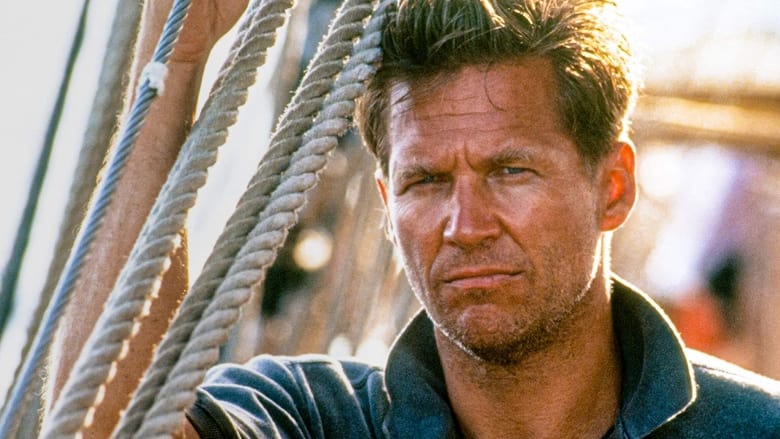
White Squall (1996), Dir. Ridley Scott, 129 mins, Freevee (HD)
28 years later… is not just an upcoming zombie movie; this weekend marks my 28th wedding anniversary, and as we looked back on things, we remembered going to the Showcase Cinema (now rubble, alas) on the eve of our wedding day for one last trip to the cinema (maybe defusing any pre-wedding jitters), watching Ridley Scott’s then-new film, White Squall. I remember quite enjoying the film, albeit back then I was always a little frustrated with him making ‘normal’ pictures when I thought he should be utilising his talents on genre films. It was sunny when we went in, but upon leaving the auditorium (in which the film culminated in a wild storm sequence) we stepped out of the cinema into a stormy carpark, rain crashing down in strong winds, the skies full of dark clouds. Portents?
I think we’ve maybe watched the film once, since, on a television showing, over the intervening 28 years, but certainly never bought the film on DVD or Blu-Ray (I’m assuming it came out on Blu-Ray) which clearly defines it as an outlier, as I have always made a point of collecting most of Ridley’s filmography on disc. The film is clearly a largely forgotten film of Ridley’s, certainly doesn’t get mentioned much in career retrospectives that bring up the usual suspects (Alien, Thelma & Louise, Gladiator etc.) but its not alone in that- films like Matchstick Men and A Good Year also spring to mind on that front.
Anyway, I noticed the film by chance, on Prime’s Freevee service, where films and tv shows are available for streaming with the caveat they get occasional interruptions for ads. A pretty abhorrent practice as far as a film-lover is concerned, but it did offer an opportunity to watch the film again, in widescreen at least (I think that old TV showing we saw was probably still back in the pan and scan days). So 28 years later, what did I think?
It was… pretty solid; actually better than I’d remembered. Not great or anything, this is still lesser Ridley, but it was stronger than I recalled, albeit with expected weaknesses. Back in 1996, Ridley was still shaking off that ‘pretty pictures, vacuous drama’ rep, films dominated by their visuals. Which is rather ironic, , considering this is ‘a Ridley Scott film’, as I was surprised how good it looked- it was really nicely photographed, by the late Hugh Johnson, who wasn’t a long-term collaborator with Ridley (he also shot the following year’s G.I. Jane, and was second-unit cinematographer on Ridley’s magnificent Kingdom of Heaven (2005)). There are some gorgeous shots (tricky in the bright sunshine, no doubt) and lovely use of both colour and texture. I wouldn’t be surprised if Ridley had tried to get Vangelis hired for the music score, because the one composed here by Jeff Rona is full of nods to Vangelis in its melodies and electronica, a sort of Vangelis-lite kind of score. With its emphasis on the ocean and sailing, it would have seemed a perfect fit for Vangelis, as he loved the sea (and had worked with Ridley on his previous film, 1492: Conquest of Paradise (1992)).
The highlight of the film though is inevitably Jeff Bridges, the star of the film and bringing to it an assured, strong performance which really deserved a better film. He has a gravitas, a sense of believability in the role, which is typical of him, but nonetheless hugely impressive, and he was definitely in his prime here. I think the weakness of the film is its fairly formulaic script, that just seems too familiar and unremarkable, following the usual coming-of-age tropes. Based on a true story, it is written as an ensemble piece but is spread too thin, and while it seems to aim for an emotional crescendo/catharsis akin to that of Dead Poets Society (1989) in its conclusion, it just falls utterly flat. I think the screenplay needed another pass, if only to iron out some of the characterisations that were left one-dimensional or lacking focus.
The film is cast really pretty well though, with many of the actors doing a lot with very little- John Savage and Caroline Goodall, in particular, spring to mind. Goodall is fantastic, one of those unsung character actors who deserve more praise, I think, and features here in a particularly harrowing death sequence, just horrible! Scott Wolf, who at the time I thought was surely destined for superstardom just because he seemed to have an uncanny resemblance to Tom Cruise (he could have passed as his brother), plays the nominal lead, although inevitably overshadowed by Bridges. I note that Wolf was 27 years old, playing a 15 year old and completely getting away with it, incredible. Wolf has indeed had a very successful career, but it has been predominantly in television, not cinema, appearing in TV shows I never saw, or even heard of, mostly.
So anyway, 28 years later… White Squall. I doubt I’ll be around in another 28 years for another return to it…. but you never know…

 Suzhou River aka Suzhou he (2000), Dir. Lou Ye, 83 mins, Blu-Ray
Suzhou River aka Suzhou he (2000), Dir. Lou Ye, 83 mins, Blu-Ray One of the video essays on this disc attests that the director, who likely had indeed seen Vertigo prior (how can any film maker NOT have?) wasn’t consciously influenced by it when making this film, and I can believe that. Its absolutely not a homage to the extent to which De Palma’s
One of the video essays on this disc attests that the director, who likely had indeed seen Vertigo prior (how can any film maker NOT have?) wasn’t consciously influenced by it when making this film, and I can believe that. Its absolutely not a homage to the extent to which De Palma’s The Shape of Night aka Yoru no henrin (1964), Dir. Noboru Nakamura, 108 mins, Blu-ray
The Shape of Night aka Yoru no henrin (1964), Dir. Noboru Nakamura, 108 mins, Blu-ray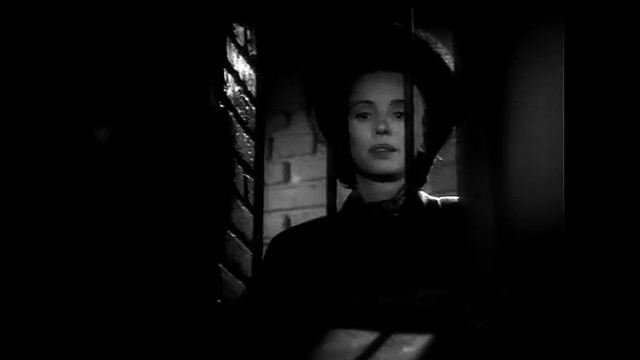 A Woman’s Vengeance (1948), Dir. Zoltan Korda, 96 mins, Blu-ray
A Woman’s Vengeance (1948), Dir. Zoltan Korda, 96 mins, Blu-ray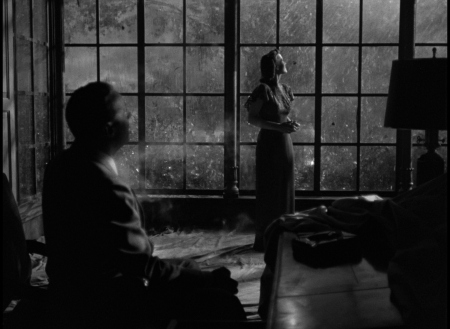 Functioning as a murder mystery loaded with bad sexual politics, I had a lot of fun with this one, primarily because of its great cast who all do fine work. but especially Jessica Tandy. There is a wonderful scene in which she reveals her love for Henry while a huge storm rages behind her that is staged and executed so memorably I’ll remember it always, utterly arresting albeit distinctly melodramatic. Likewise a later scene in which she confronts Henry while he is on death row is filmed with such imaginative expressionist lighting and stagecraft, its quite wonderful, ‘classic’ Hollywood and more than the film possibly deserves, especially when it becomes derailed by a ‘happy’ ending in which the real culprit is revealed in a rather awkward fashion- echoes here of the ending of Singapore, as if these noir couldn’t really see things through to their deserved, authentically noir conclusion. While that’s a shame, there’s a lot of fun getting there.
Functioning as a murder mystery loaded with bad sexual politics, I had a lot of fun with this one, primarily because of its great cast who all do fine work. but especially Jessica Tandy. There is a wonderful scene in which she reveals her love for Henry while a huge storm rages behind her that is staged and executed so memorably I’ll remember it always, utterly arresting albeit distinctly melodramatic. Likewise a later scene in which she confronts Henry while he is on death row is filmed with such imaginative expressionist lighting and stagecraft, its quite wonderful, ‘classic’ Hollywood and more than the film possibly deserves, especially when it becomes derailed by a ‘happy’ ending in which the real culprit is revealed in a rather awkward fashion- echoes here of the ending of Singapore, as if these noir couldn’t really see things through to their deserved, authentically noir conclusion. While that’s a shame, there’s a lot of fun getting there.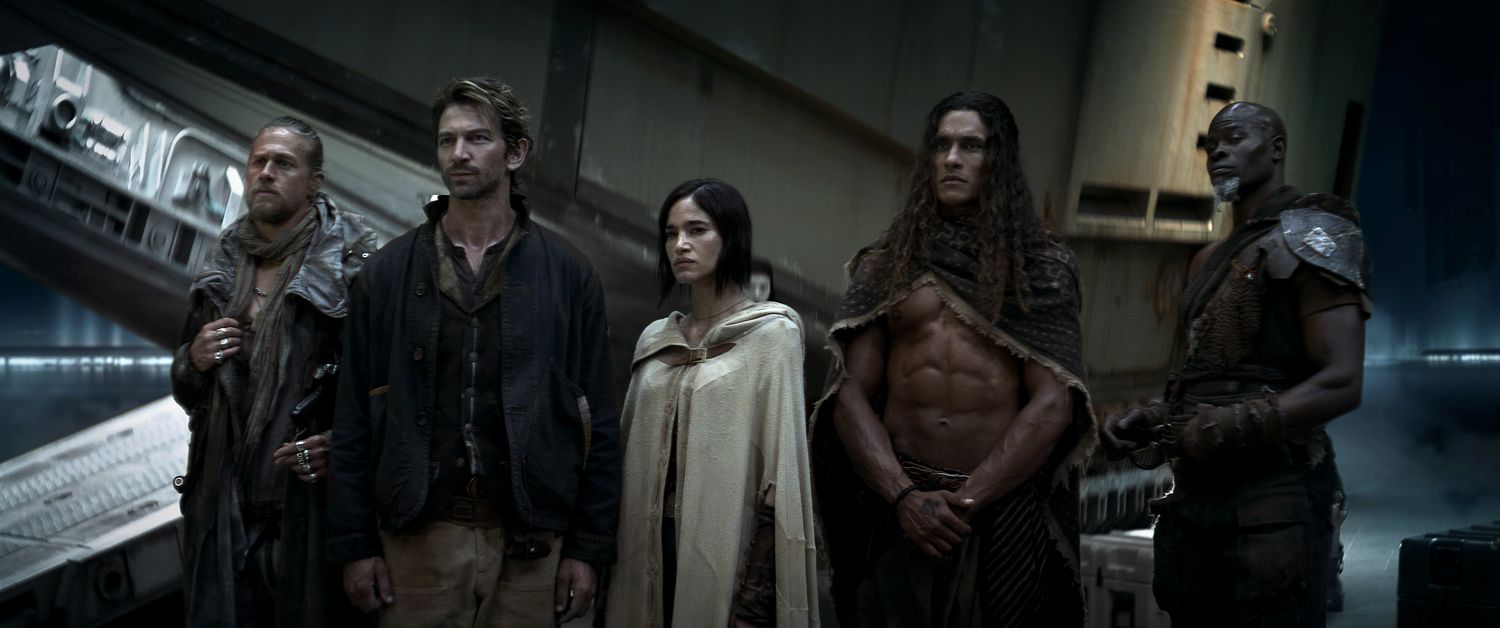 I was reading an online article about Zack Snyder’s Rebel Moon films, and the films co-writer (yes, shock, the films had a script and, yes, this guy’s owning up to his part in it) Kurt Johnstad reveals that the directors cuts of “both movie one and movie two will be released on the same day and the same time. So…. you can sit down and for six hours have a non-interrupted experience of Zack Snyder.”
I was reading an online article about Zack Snyder’s Rebel Moon films, and the films co-writer (yes, shock, the films had a script and, yes, this guy’s owning up to his part in it) Kurt Johnstad reveals that the directors cuts of “both movie one and movie two will be released on the same day and the same time. So…. you can sit down and for six hours have a non-interrupted experience of Zack Snyder.”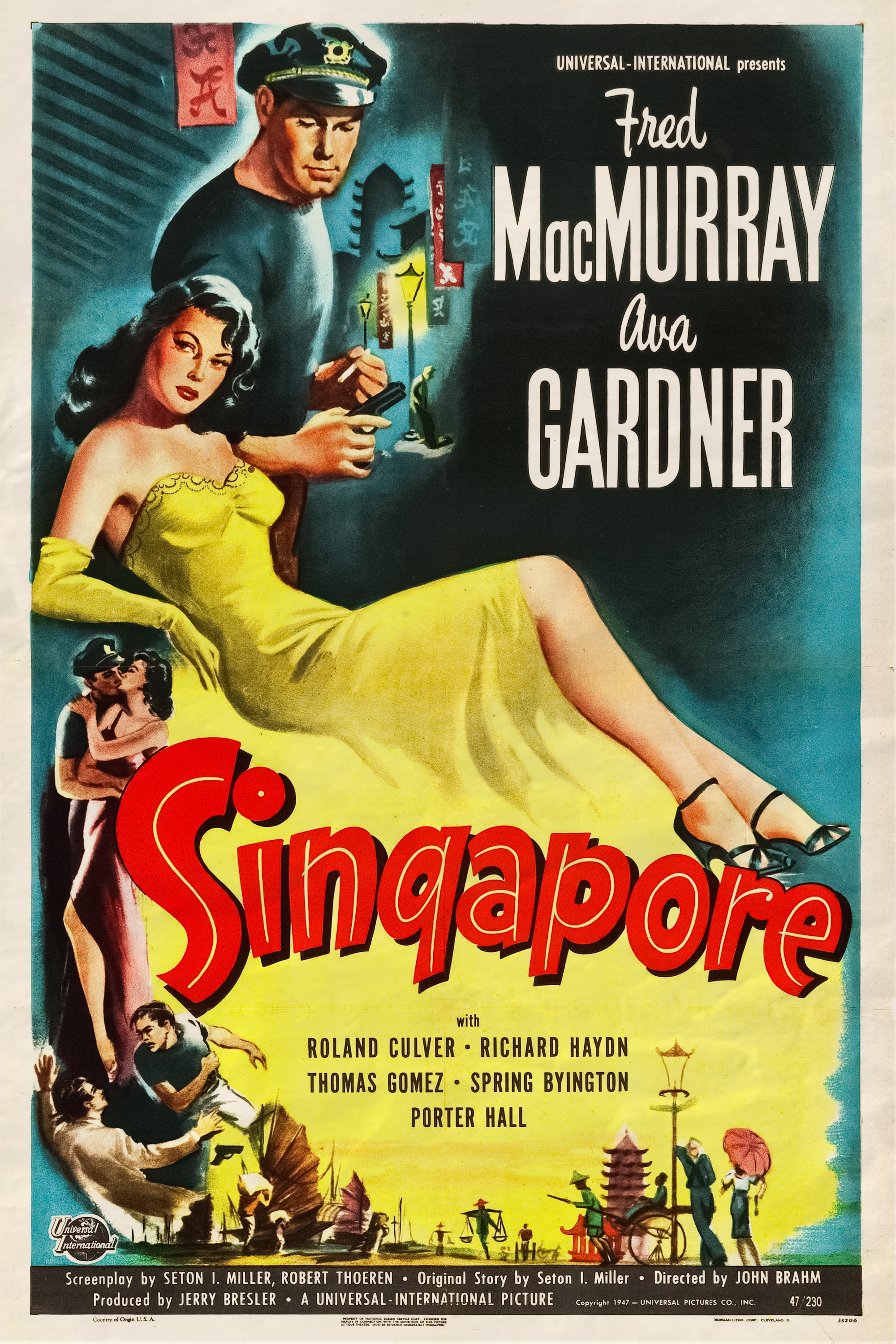 Singapore (1947), Dir. John Brahm, 80 mins, Blu-ray
Singapore (1947), Dir. John Brahm, 80 mins, Blu-ray Regards MacMurray, I’ve become resigned to the fact that whenever i see him in a film, I’m always predisposed to have a dislike/distrust of whatever character he is playing, simply because my first experience of watching him was in Billy Wilder’s The Apartment, in which he played an adulterer, cheat and utter bastard with such consummate finesse it proved wholly definitive. I suppose in that sense, his casting here was rather perfect (actually it dates just three years after his similarly impressive turn in Wilder’s Double Indemnity) as he’s playing a character with some dubiety. He’s not a wholesome character here, rather a guy with a shady past who’s always trying to keep one step ahead of the authorities, but also someone who might be redeemed by the love a good woman.
Regards MacMurray, I’ve become resigned to the fact that whenever i see him in a film, I’m always predisposed to have a dislike/distrust of whatever character he is playing, simply because my first experience of watching him was in Billy Wilder’s The Apartment, in which he played an adulterer, cheat and utter bastard with such consummate finesse it proved wholly definitive. I suppose in that sense, his casting here was rather perfect (actually it dates just three years after his similarly impressive turn in Wilder’s Double Indemnity) as he’s playing a character with some dubiety. He’s not a wholesome character here, rather a guy with a shady past who’s always trying to keep one step ahead of the authorities, but also someone who might be redeemed by the love a good woman.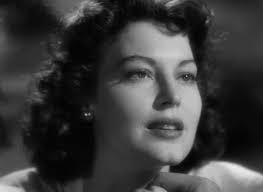
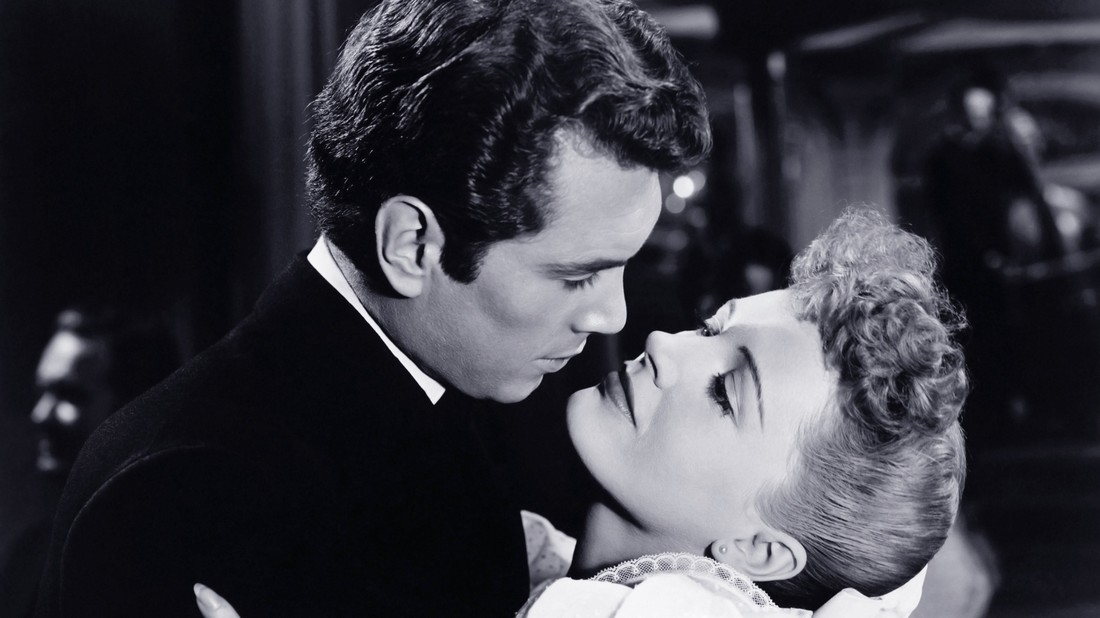 Time Out of Mind (1947), Dir. Robert Siodmak, 89 mins, Blu-ray
Time Out of Mind (1947), Dir. Robert Siodmak, 89 mins, Blu-ray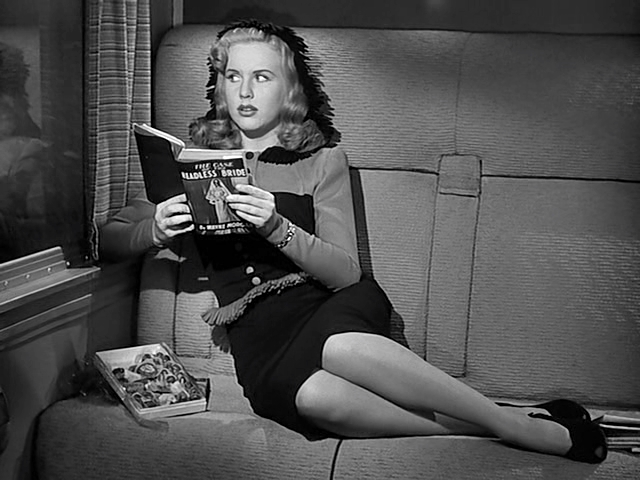 Lady on a Train (1945), Dir. Charles David, 95 mins, Blu-ray
Lady on a Train (1945), Dir. Charles David, 95 mins, Blu-ray Rebel Moon Part Two: The Scargiver (2024), Dir. Zack Snyder, 122 mins, Netflix
Rebel Moon Part Two: The Scargiver (2024), Dir. Zack Snyder, 122 mins, Netflix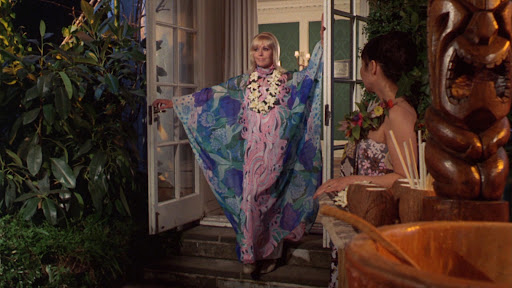 Tales That Witness Madness (1973), Dir. Freddie Francis, 90 mins, Talking Pictures TV (SD)
Tales That Witness Madness (1973), Dir. Freddie Francis, 90 mins, Talking Pictures TV (SD)